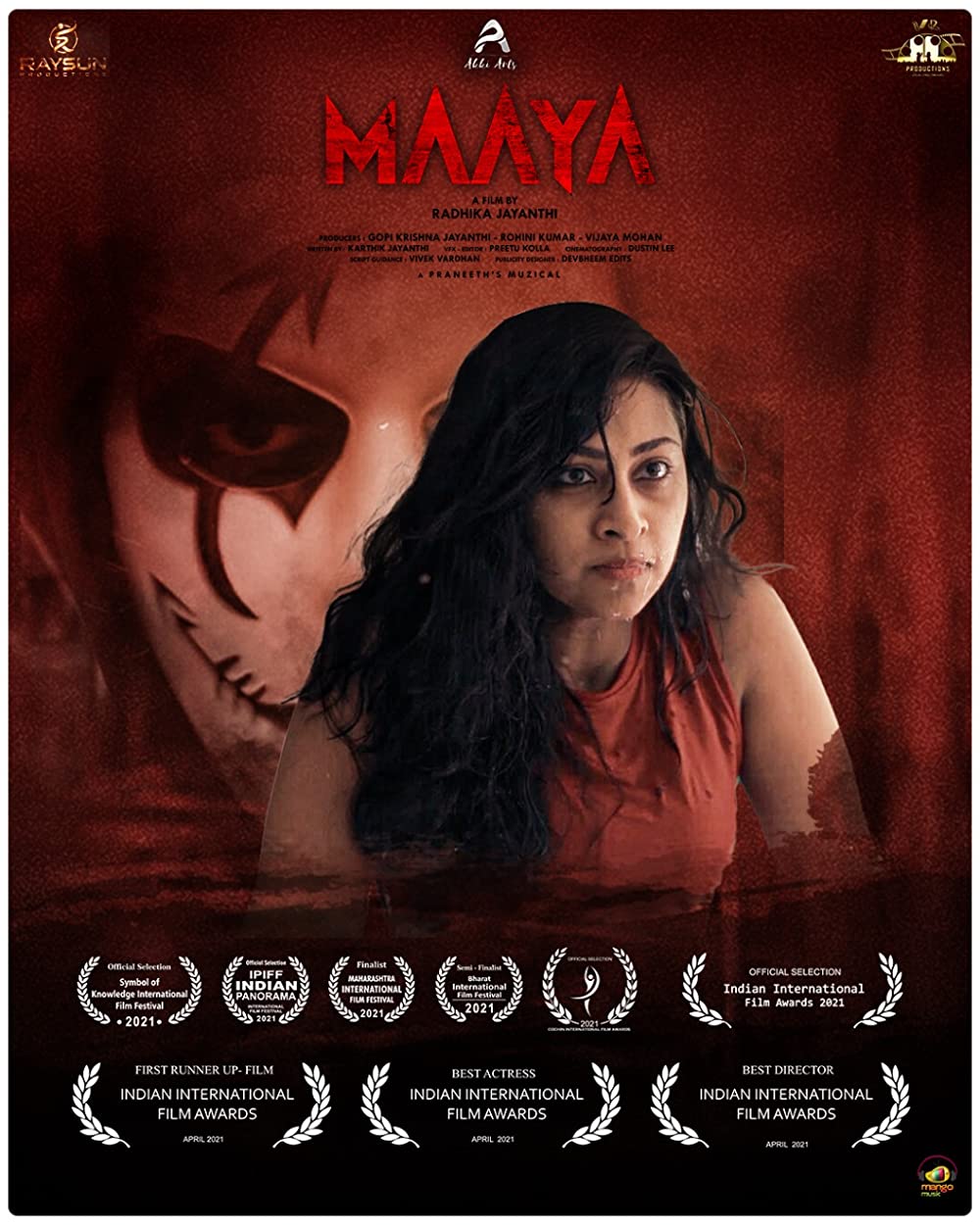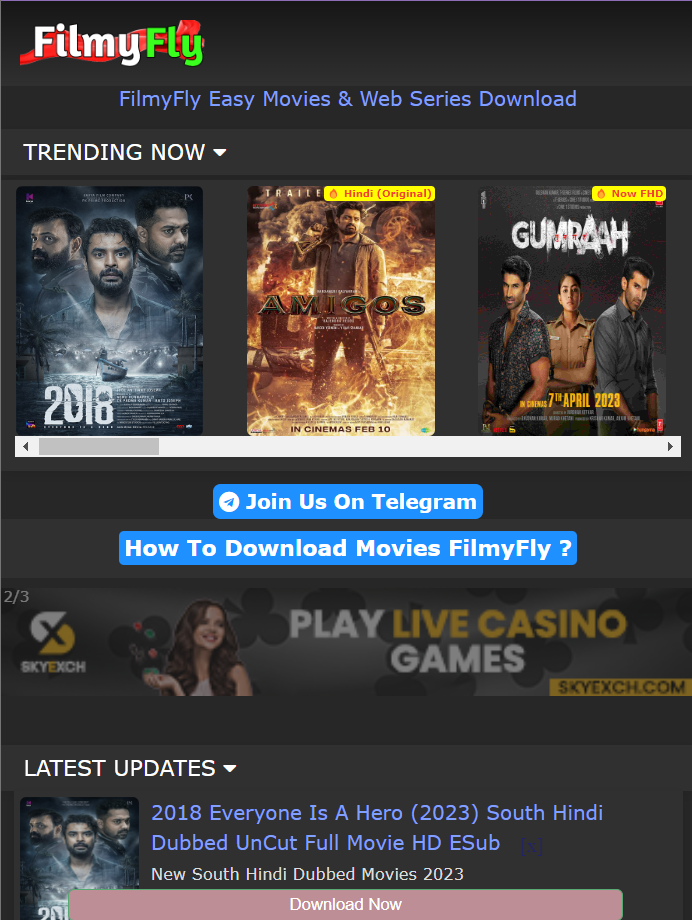Why has the horror genre seen such a resurgence in popularity over the last few years? The answer lies in its ability to tap into primal fears and anxieties, offering audiences an unparalleled emotional experience. Horror films have evolved significantly, incorporating sophisticated storytelling techniques and high-quality production values that rival mainstream genres. This transformation has not only broadened their appeal but also cemented their place as a staple of modern cinema.
The global impact of South Korean horror movies cannot be overstated. Titles like The Wailing and Train to Busan have redefined what it means to scare an audience, blending cultural nuances with universal themes. These films often explore societal issues through chilling narratives, resonating deeply with viewers worldwide. Similarly, Tamil-dubbed horror movies have gained traction on platforms like TikTok, where spine-tingling background music enhances their eerie atmosphere. Such innovations highlight how technology amplifies the reach and effectiveness of these cinematic masterpieces.
| Category | Details | Reference |
|---|---|---|
| Name | South Korean Cinema | IMDb Horror Links |
| Genre | Horror | - |
| Notable Films | The Wailing, Train to Busan, Gonjiam: Haunted Asylum | - |
| Influence | Global recognition for unique storytelling | - |
| Streaming Platforms | Netflix, Amazon Prime Video | - |
From 2000 onward, horror movies underwent a remarkable evolution. Filmmakers began experimenting with new styles, from found-footage thrillers to psychological dramas. One notable trend is the incorporation of urban legends, as seen in The Jangsan Tiger, which draws inspiration from South Korean folklore. This approach adds authenticity and depth, making the scares feel more personal and relatable. Moreover, advancements in special effects technology have allowed directors to bring their darkest visions to life with stunning realism.
American productions also contributed significantly during this period. For instance, Hereditary (2018) captivated audiences with its haunting exploration of family trauma, while A Quiet Place (2018) relied on silence to create tension. Both films exemplify how innovation within the genre continues to push boundaries, proving that horror can be both intellectually stimulating and viscerally terrifying.
In recent years, streaming services have become vital platforms for distributing horror content. Netflix's library includes several acclaimed titles, such as Kappela, Yogi, and Virupaksha. Meanwhile, Amazon Prime Video offers gems like Gonjiam: Haunted Asylum, a South Korean found-footage film set inside a psychiatric hospital rumored to be cursed. These collaborations between filmmakers and digital distributors ensure that fans always have access to fresh, exciting material.
Community engagement plays a crucial role in promoting horror films. Reddit threads dedicated to movie suggestions often spark lively discussions among enthusiasts eager to share their favorite picks. Such interactions foster a sense of camaraderie among cinephiles, encouraging them to explore lesser-known gems alongside blockbuster hits. Additionally, social media platforms provide creators with opportunities to engage directly with their audience, fostering loyalty and excitement around upcoming releases.
As we move further into the 2020s, the future of horror looks brighter than ever. Emerging talents continue to experiment with unconventional formats, challenging traditional notions of fear and suspense. Furthermore, international collaborations promise to enrich the genre by introducing diverse perspectives and cultural influences. With each passing year, horror reaffirms its status as one of cinema's most dynamic and enduring art forms.
For those seeking recommendations, resources abound. IMDb provides comprehensive lists categorizing top-rated horror films based on user ratings and critical acclaim. These curated selections serve as excellent starting points for anyone looking to delve deeper into the world of horror. Whether you prefer slow-burn psychological thrillers or fast-paced action-packed adventures, there's something out there waiting to satisfy your cravings.
Finally, let us not forget the importance of sound design in creating effective horror experiences. Background music plays a pivotal role in setting the mood and heightening anticipation. Consider the iconic scores accompanying classics like Psycho or modern entries like It Follows—each note carefully crafted to manipulate emotions and enhance immersion. As technology progresses, so too does our capacity to craft increasingly immersive auditory landscapes capable of leaving lasting impressions long after the credits roll.




